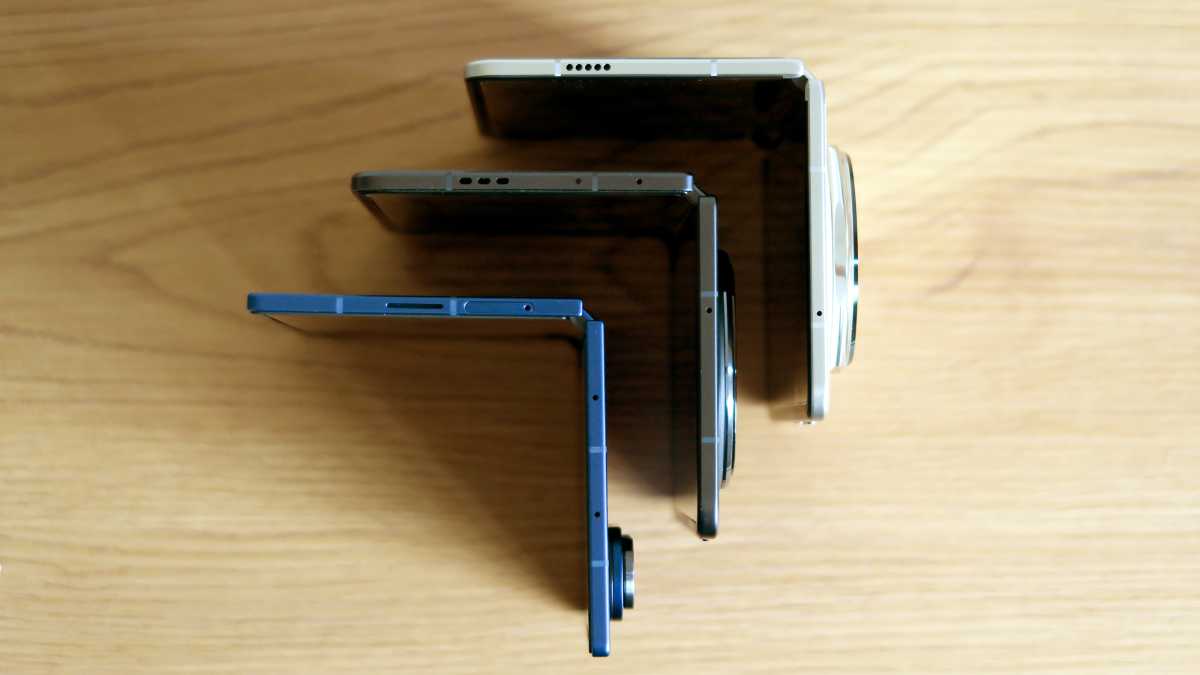In summary
- The iPhone has the air of a prototype or concept
- That concept might be in service of another product
- The first foldable iPhone could make better use of the Air’s design
Apple has announced its brand new iPhone Air, bringing another super-skinny smartphone option to the table. But I’d argue that it’s just the first step towards something more exciting.
The iPhone Air has a first-generation concept phone feel to it. Its clean, unadorned name and lack of a number suggest a singular device, perhaps with an intermittent update schedule or even an uncertain future.
Even its feature set feels like an outlier, with just a single camera and a worryingly small battery. It’s the only current iPhone to be made out of titanium, too, now that the iPhone 17 Pro has reverted to aluminium.
Floating an idea
The whole point of the iPhone Air, of course, comes down to two particular figures: 5.64mm and 165g. These make it by far the thinnest iPhone we’ve ever seen, while that weight makes it about as light as an iPhone 12.
In terms of the direct competition, it’s 0.16mm thinner than the Samsung Galaxy S25 Edge, and 2g heavier.
But I don’t think Apple has Samsung’s skinny handset or any other regular phone in mind with its new Air product. In fact, I think it has half an eye on another new iPhone that’s heavily rumoured to be in the works for late 2026.
Mattias Inghe
Apple is looking an Edge
With the Samsung Galaxy S25 Edge, the overriding question we were faced with was: what’s the point of having a phone this thin?
The compromises (chiefly an inferior camera and stamina) outweighed the benefits. Sure, it was slender, but I can guarantee that no-one felt that the Galaxy S25 or Galaxy S25+ were too thick or heavy.
The only area of the smartphone market where thinness and lightness remain an issue – or remained an issue until relatively recently, at least – is the full-sized or book-style foldable market.
The likes of the Galaxy Z Fold 6 and the Pixel 9 Pro Fold were solid devices, but also way too cumbersome for many (including me) to consider a purchase.
Lo and behold, the Galaxy Z Fold 7 and the Honor Magic V5 arrived with a closed form factor that wasn’t too far off that of a normal phone, and all of a sudden I could picture myself buying one.

Foundry | Alex Walker-Todd
Air today, Fold tomorrow
It wouldn’t at all surprise me if the iPhone Air forms the basis for the first foldable iPhone. Or at least, represented the starting point.
Apple would probably still need to thin that body out further (5.64mm doubled up takes us well above the magic 10mm mark) in a device designed to fold in on itself, but it’s not far off. With the battery able to be spread out across double the surface area, it presumably wouldn’t be too hard to shave off an extra 1.5 millimetres to match the Fold 7’s 4.1mm open thickness.
If and when the foldable iPhone arrives on the market, don’t be at all surprised if it broadly resembles two iPhone Airs joined together by a hinge.








